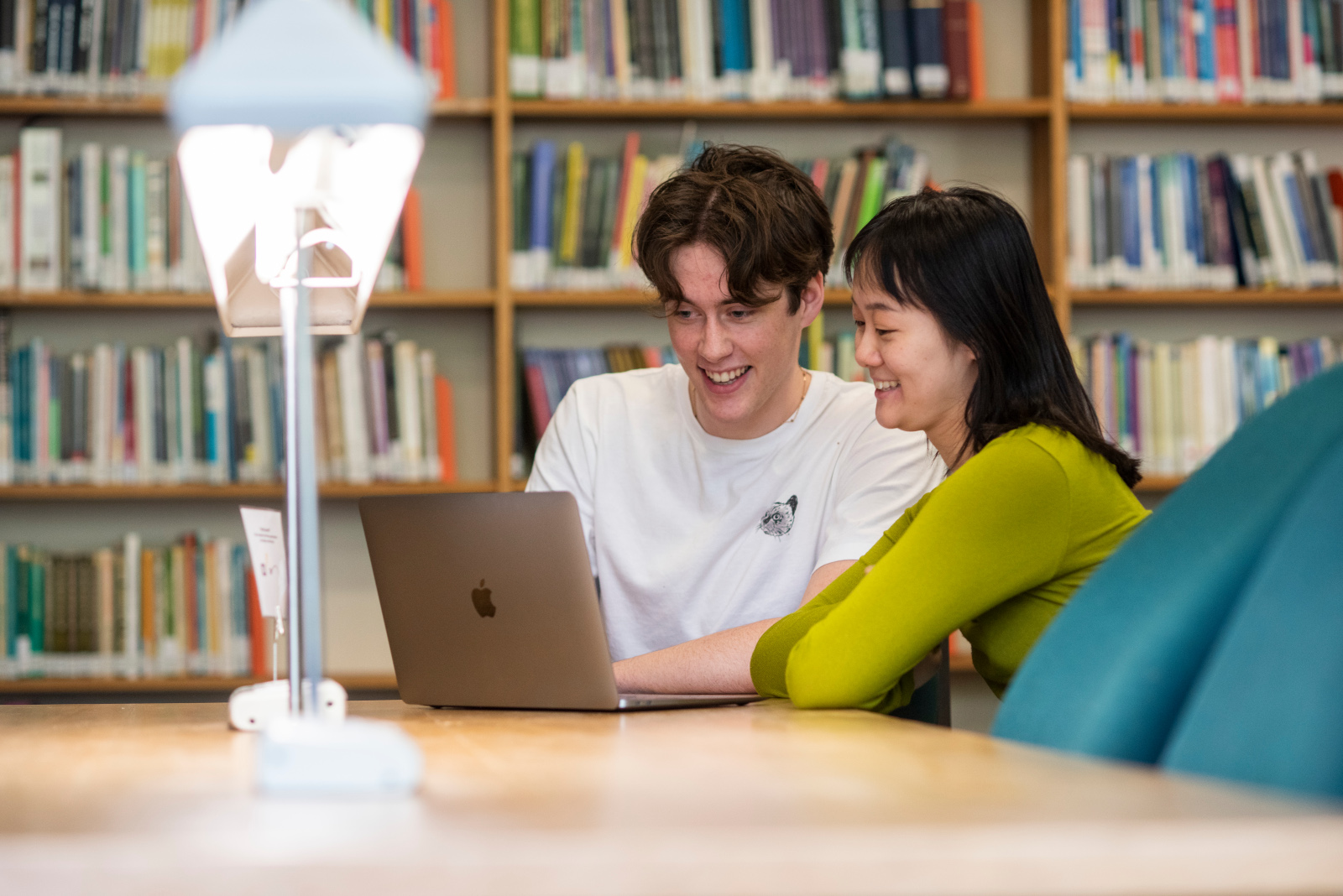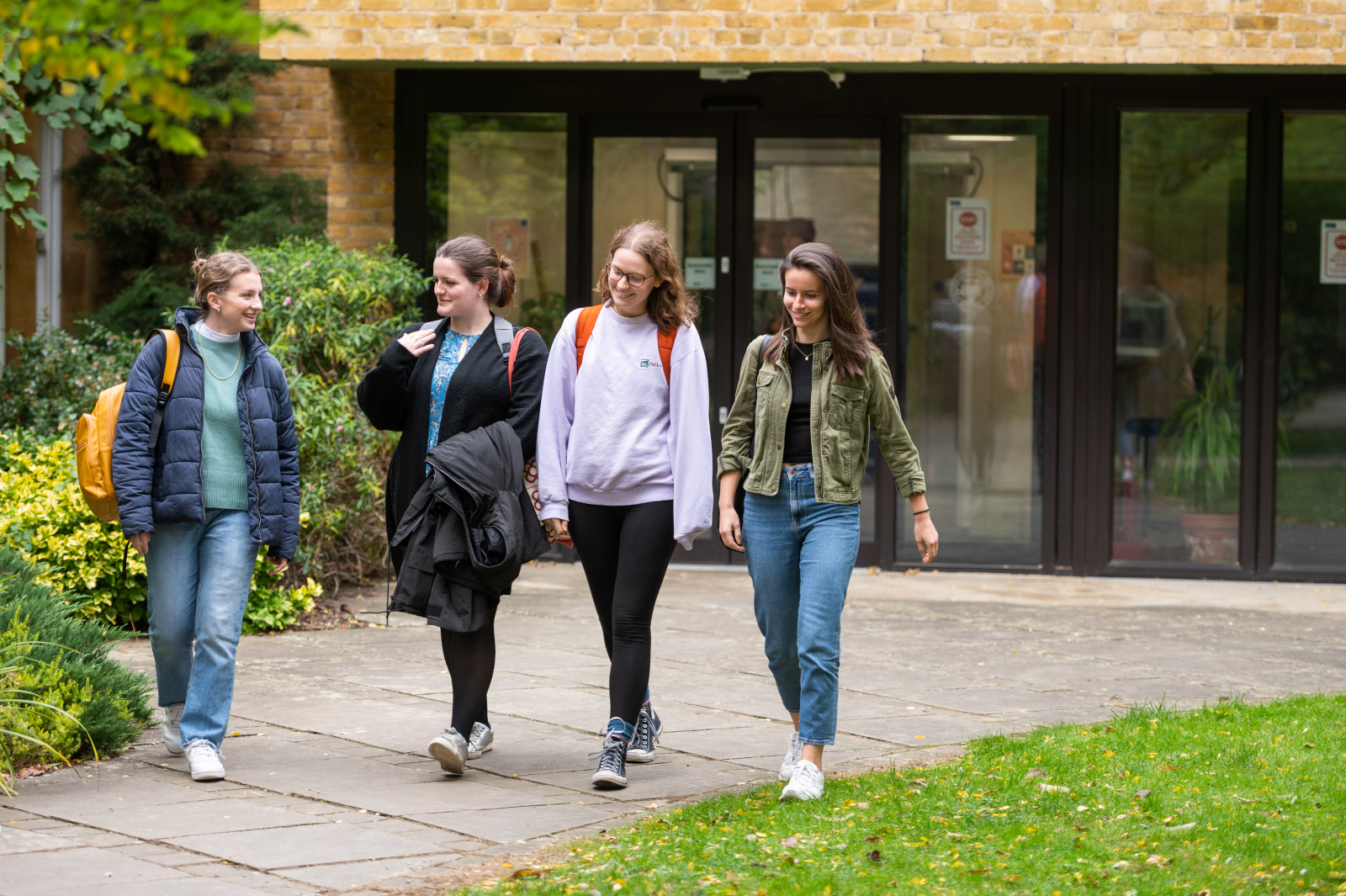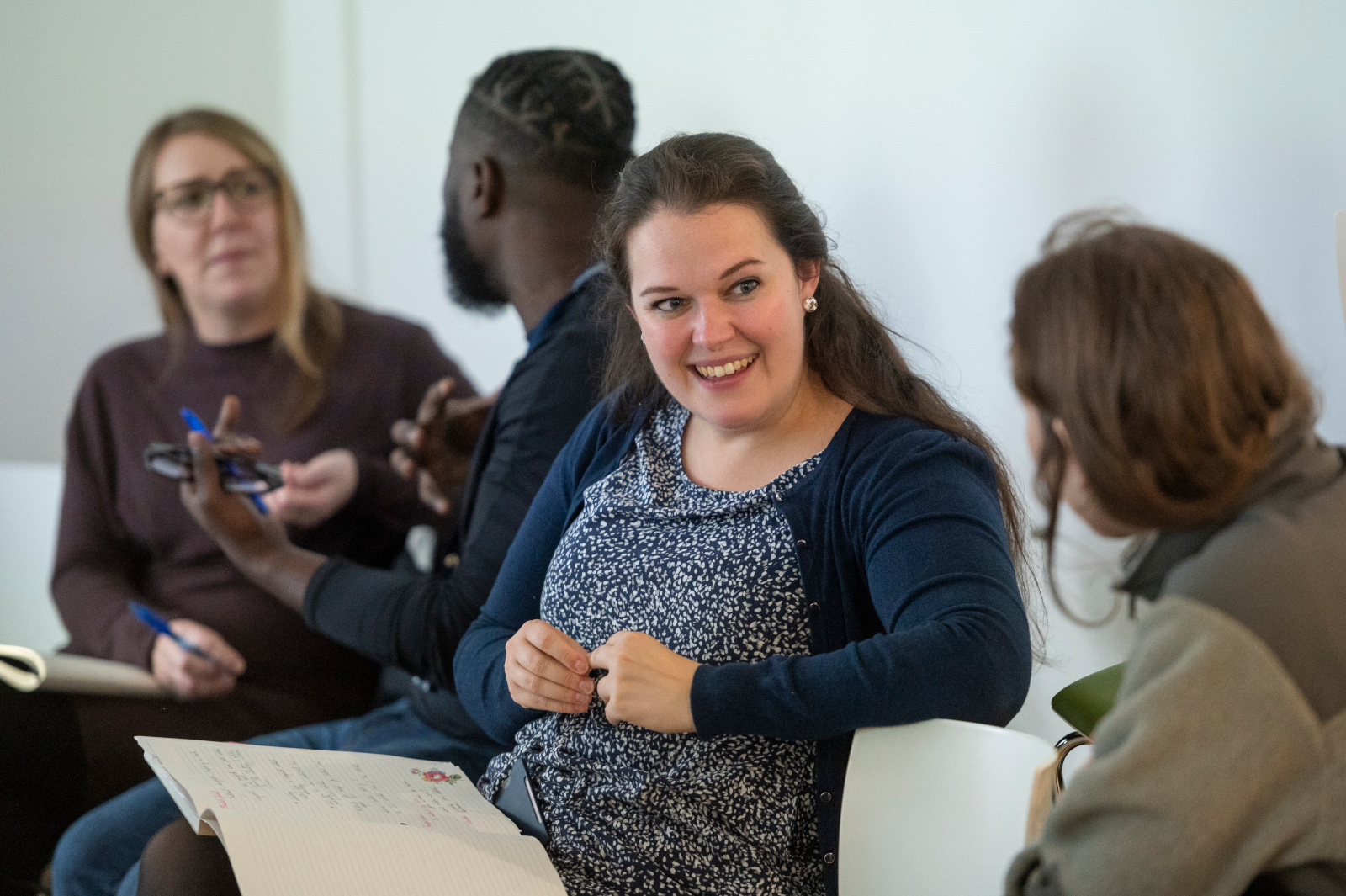Statistical and explicit learning of graphotactic patterns with no phonological counterpart: Evidence from artificial lexicon studies with 6– to 7-year-olds and adults
Export to calendarBio
Children are powerful statistical spellers: They can learn novel written patterns with phonological counterparts under experimental conditions, via implicit learning processes, akin to “statistical learning” processes established for spoken language acquisition. Can these mechanisms fully account for children’s knowledge of written patterns? How does this ability relate to literacy measures? How does it compare to explicit learning? I address these questions in a series of artificial lexicon experiments, inducing graphotactic learning under incidental and explicit conditions, and comparing it with measures of literacy. Previous studies assessed learning of spelling rules which have counterparts in spoken language; however, while this is also the case for some naturalistic spelling rules (e.g., English phonotactics prohibit word initial /?/ and accordingly, written words cannot begin with ng), there are also purely visual constraints (graphotactics) (e.g., gz is an illegal spelling of a frequent word-final sound combination in English: *bagz). Can children learn patterns unconfounded from correlated phonotactics? Developing and skilled spellers were exposed to patterns replete of phonotactic cues. In post-tests, participants generalized over both positional constraints embedded in semiartificial strings, and contextual constraints created using homophonic non-word stimuli. This was demonstrated following passive exposure and even under meaningful (word learning) conditions, and success in learning graphotactics was not hindered by learning word meanings. However, the effect sizes across these experiments remained small, and the hypothesized positive associations between learning performance under incidental conditions and literacy measures were never observed. This relationship was only found under explicit conditions, when pattern generalization benefited. Investigation of age effects revealed that adults and children show similar patterns of learning but adults learn faster from matched text.
Bio: Daniela is a post-doctoral researcher within the Learning for Families through Technology (LiFT) project at the Department of Education. Within this project, Daniela is responsible for leading on the collection, analysis and reporting of a learning app data generated by users. In this role, Daniela contributes to key components of the LiFT research programme and assists project investigators in developing a research agenda aimed at evaluating the educational content of learning apps and carrying out research to investigate language learning potential and parental engagement in using learning apps. Before joining the Department of Education, Daniela was a doctoral student at the Department of Psychology and Language Sciences, Division of Language and Cognition, supervised by Dr. Elizabeth Wonnacott. Her work lies at the intersection between learning, memory, and language and investigates key questions for literacy learning and instruction. She designed and carried out learning experiments that focused on the contribution of statistical learning processes to children’s learning of spelling patterns. This research was a continuation of her MSc Language Sciences project, also carried out at UCL’s Division of Language and Cognition.





